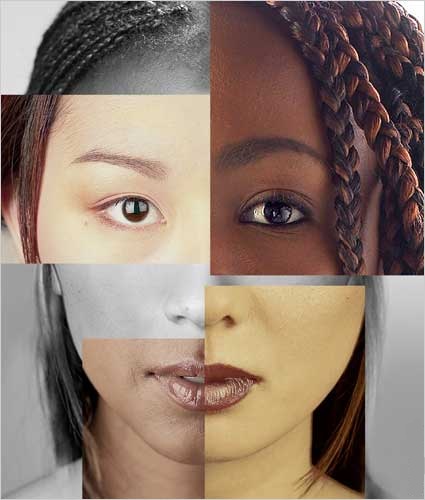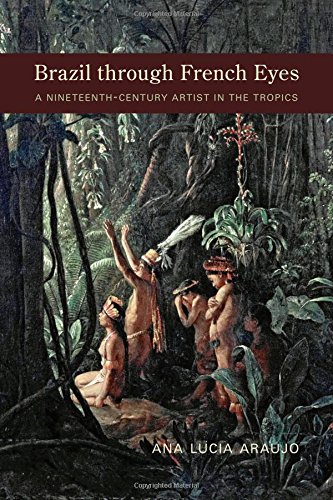Tais Araujo: Fighting Brazil’s Racism Takes More Than A HashtagPosted in Articles, Arts, Brazil, Caribbean/Latin America, Communications/Media Studies, Media Archive on 2015-11-29 21:42Z by Steven |
Tais Araujo: Fighting Brazil’s Racism Takes More Than A Hashtag
teleSUR
2015-11-18
Leopoldo Duarte
 Taís Araújo’s profile picture on her Twitter account. | Photo: Twitter, @taisdeverdade |
Most Brazilians take pride in living in a “racial democracy.” According to them Brazil is supposedly a country that evaded racism through the amicable blending of its native, African and European inhabitants. But an event earlier this month is once again challenging this myth, when popular Black Brazilian actress Taís Araujo gained media coverage because of a series of racist comments made on her Facebook page.
Twitter user @LeonaDivaa shares screenshots of the racist commentary on Tais’ fanpage. Dozens of social media users compared the actress to a “monkey” and a zoo animal, while making sexually derogatory comments and taunting her for her skin color and natural hair.
Tais left the highly offensive comments on her Facebook account, deciding to publicize and take legal actions against the racist insults rather than erase them. In Brazil, for the last 20 years racism has been a non-bailable offense, however most offenders rarely face punishment.
Brazilians, in response, seemed to be taken aback by the rampant and open attacks against the actress, who has been called “Brazil’s Beyonce.” What followed evidently was an outpouring of solidarity on social media, using the hashtag #SomosTodosTais (or #WeAreAllTais) Brazilians started an online campaign, which was widely reported in the Brazilian and international press.
“I still can’t handle the fact that racism is still alive in such a mixed country such as ours. #SomosTodosTaís”
…But while, hashtags like (#WeAreAllAFamousWrongedBlackPerson) have become popular recently, many Black activists in Brazil have voiced their discontent with these campaigns.
Most Afro-Brazilian social activists were thrilled Taís decided to publicize every step of her legal process—images of her leaving a precinct after making a testimony made headlines and stirred emotions—but activists are also at odds with how most (white) Brazilians only address racism when a celebrity is involved.
Famous Afro-Brazilian activist and blogger, Stephanie Ribeiro, went as far as writing an article entitled: “Please Stop Individualizing Racism.“…
…Brazilians have been taught that we live in “racial democracy”. According to this belief, Brazil evaded racism through amicable blending of its three primary peoples, Africans, Europeans, and Indigenous Americans. This myth is rooted in the book, The Masters and the Slaves, by sociologist Gilberto Freyre in 1933. Freyre argued that racial hierarchy was abolished with slavery, despite the fact that Brazil was the last colony to formerly free its slaves…
Read the entire article here.




